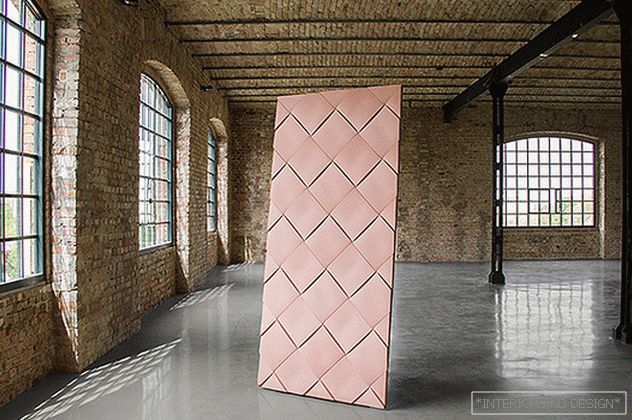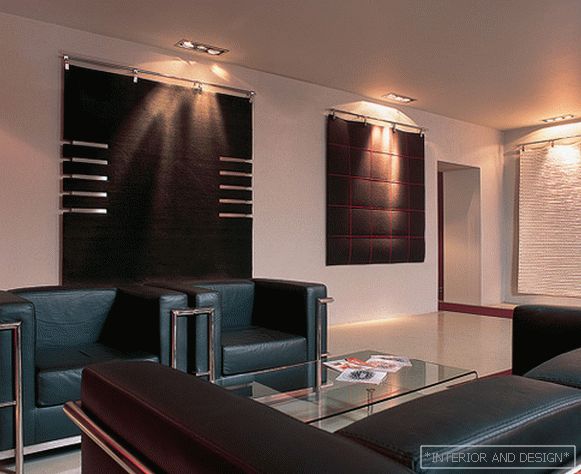Times change and young people increasingly choose to work from home (cafe, airport, hotel lobby). Interior and design is an important incentive to attract them to become office workers. Companies give priority to the comfort of workplaces so that new personnel can make the most of their potential.
Related: Foster + Partners: the most sustainable office in the world
1. Multipurpose workspaces Almighty private offices officially disappeared in modern office building designs. Cabinets replaced free seating, in which there are no designated seats. The trend oval oval office tables, archipelagoes, which provide an opportunity for group discussions for 4-6 people. 2. Offices decorated in color Studies show that certain shades increase productivity, creativity and cause only positive emotions. If you organize your office space in color, it will help your thoughts become more vibrant and organized. Increasingly, furniture companies are ordering projects of colored furniture for office space. 3. Flexibility of working spaces “Flexibility” and customization have gained tremendous importance in design. Modern work equipment can be combined, mixed, folded and moved. The architect offers a flexible interior, and the manufacturer offers modular furniture in several different combinations for more dynamic collective workstations.
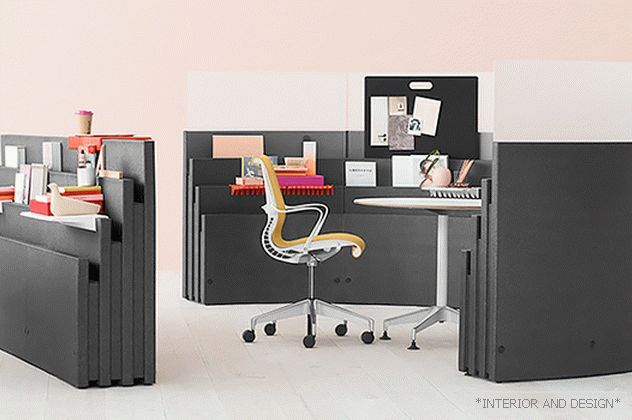 Studio 7.5 designed for the brand Herman Metaform Portfolio system consists of blocks, they are easy to move, so that the design can be disassembled or rebuilt at any time.
Studio 7.5 designed for the brand Herman Metaform Portfolio system consists of blocks, they are easy to move, so that the design can be disassembled or rebuilt at any time. 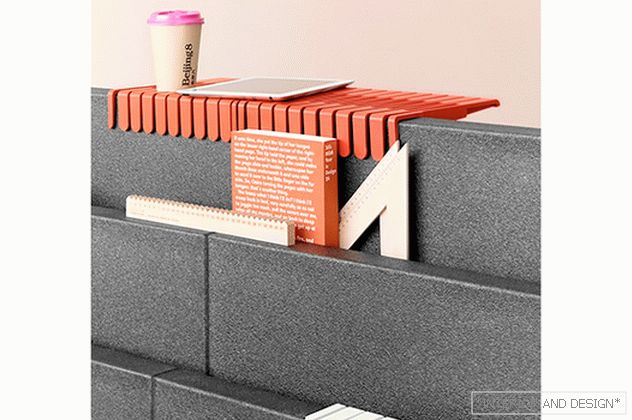 The Metaform Portfolio system consists of many elements that will allow you to equip a comfortable workplace for everyone.
The Metaform Portfolio system consists of many elements that will allow you to equip a comfortable workplace for everyone. 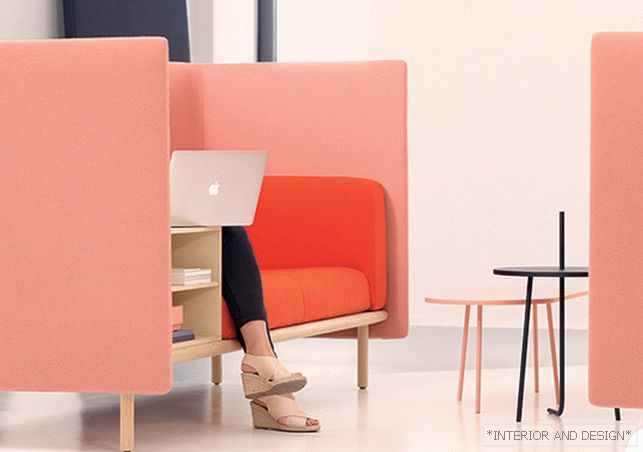 Studio Pauline Deltour for Сor: simple things help to quickly “privatize” office space. “This is a new concept of a working lounge. High-quality materials and handcrafted details convey homeliness and intimacy. ”
Studio Pauline Deltour for Сor: simple things help to quickly “privatize” office space. “This is a new concept of a working lounge. High-quality materials and handcrafted details convey homeliness and intimacy. ” 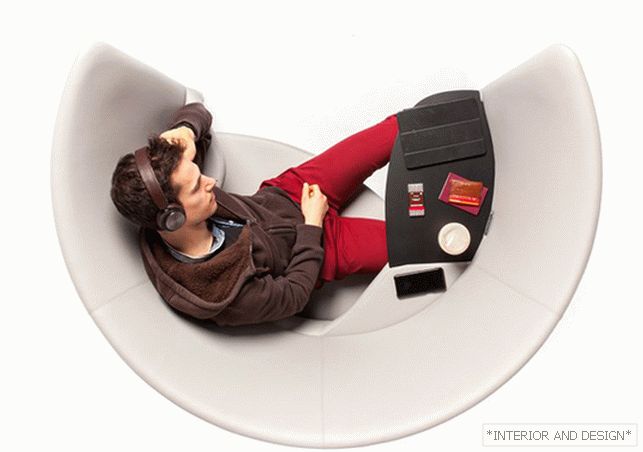 Foster + Partners team, led by Norman Foster, has designed a series of high-backed compact chairs for temporary offices and people working in busy places.
Foster + Partners team, led by Norman Foster, has designed a series of high-backed compact chairs for temporary offices and people working in busy places. 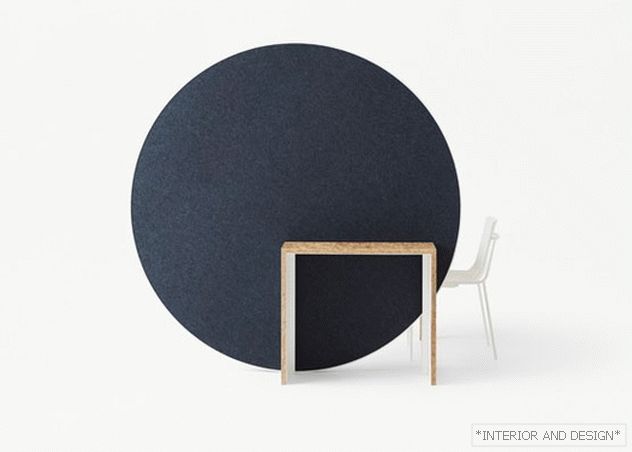 Cnelbz Nendo has developed a zoning concept for the Japanese brand Kokuyo. “Round shape stimulates creativity, gives impetus to new ideas, it is ideal for creative people who are tired of the rhythm of a regular office,” says Oki Sato.
Cnelbz Nendo has developed a zoning concept for the Japanese brand Kokuyo. “Round shape stimulates creativity, gives impetus to new ideas, it is ideal for creative people who are tired of the rhythm of a regular office,” says Oki Sato. 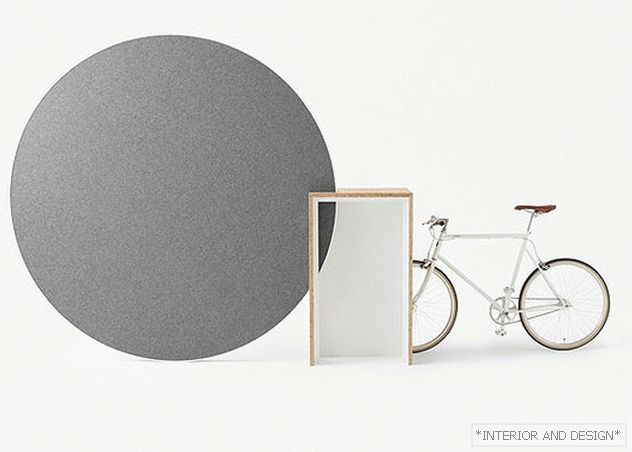 Nendo modules can even be used as a bike rack - it has a hole for the wheels.
Nendo modules can even be used as a bike rack - it has a hole for the wheels.  Okome, Nendo design for Alias. The backs of sofas can have different heights and work as dividing walls.
Okome, Nendo design for Alias. The backs of sofas can have different heights and work as dividing walls. 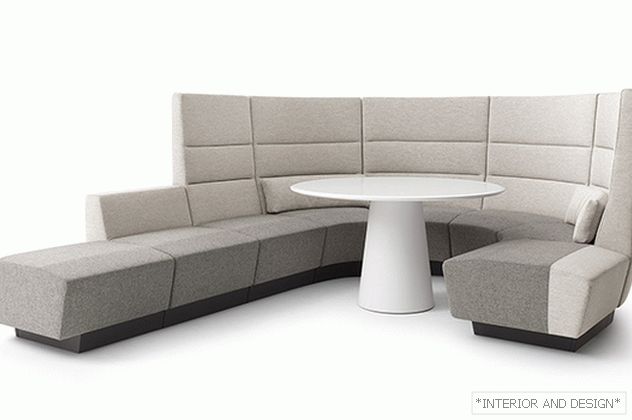 Modular sofa for lounge areas and offices Affair, diz. W. Fisher. Cor.
Modular sofa for lounge areas and offices Affair, diz. W. Fisher. Cor. 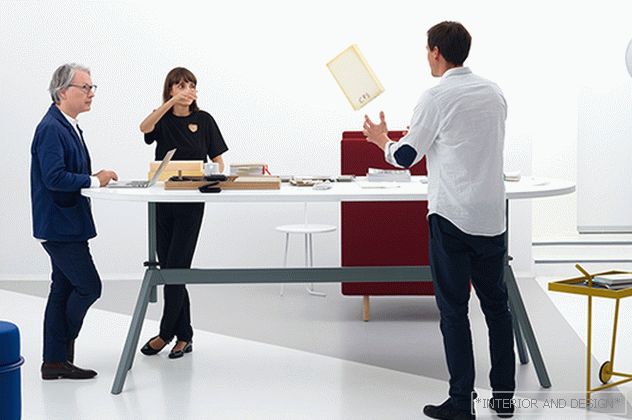 Cor Lab Collection: Level Conversion Table, diz. W. Fisher. Cor.
Cor Lab Collection: Level Conversion Table, diz. W. Fisher. Cor. 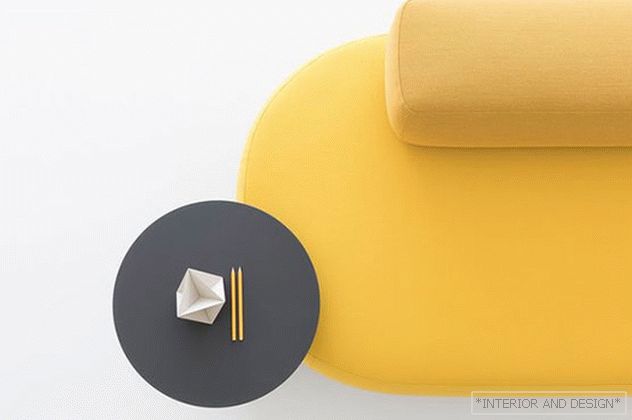 Modular sofa system Plus, diz. Francesco Roth, La Palma. Seats of three different forms (with square, rectangular or U-shaped plan) with sockets for a laptop, a screen and side tables.
Modular sofa system Plus, diz. Francesco Roth, La Palma. Seats of three different forms (with square, rectangular or U-shaped plan) with sockets for a laptop, a screen and side tables. 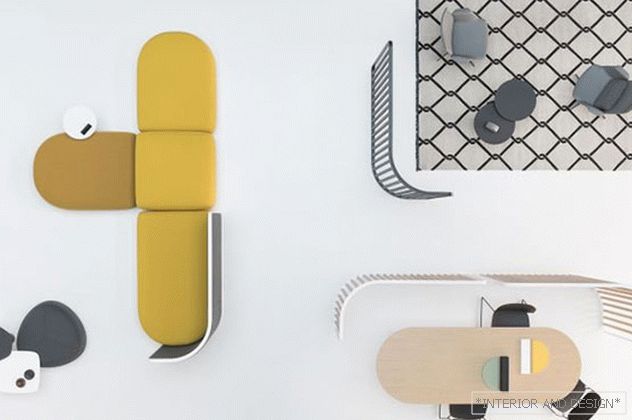 Plus, diz. Francesco Roth, La Palma. A flexible system of various configurations offers comfort for home and work spaces.
Plus, diz. Francesco Roth, La Palma. A flexible system of various configurations offers comfort for home and work spaces. 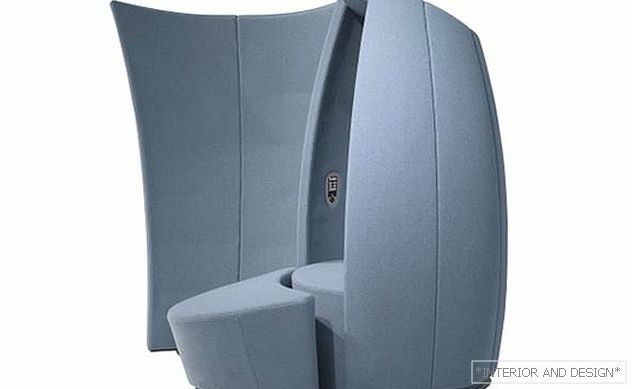 "Cocoon" from the Danish company Skipper Furniture.
"Cocoon" from the Danish company Skipper Furniture. 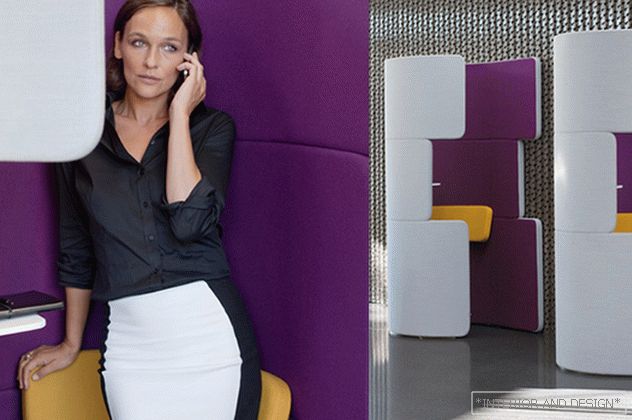 Office phone booth, designed by PearsonLloyd, Bene.
Office phone booth, designed by PearsonLloyd, Bene.  Slab desk system, designed by Tom Dixon. The table is made of solid oak. Dixon's idea is to soften the traditional workspace with material and silhouette.
Slab desk system, designed by Tom Dixon. The table is made of solid oak. Dixon's idea is to soften the traditional workspace with material and silhouette. 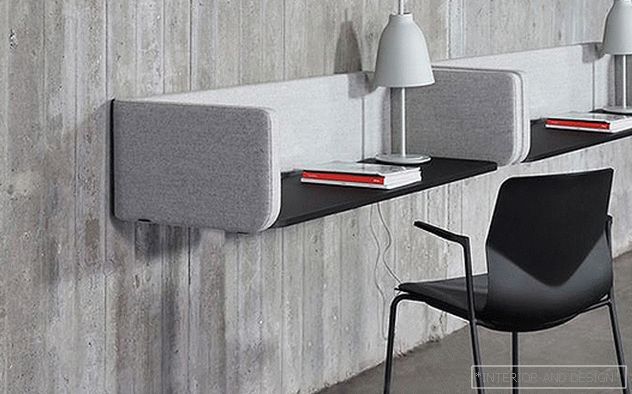 Compact jobs from the Four Design Group.
Compact jobs from the Four Design Group. 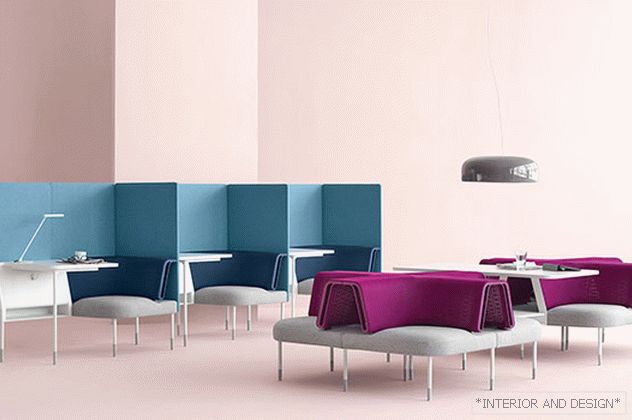 Herman Miller. The offer covers both individual workplaces and public areas.
Herman Miller. The offer covers both individual workplaces and public areas. 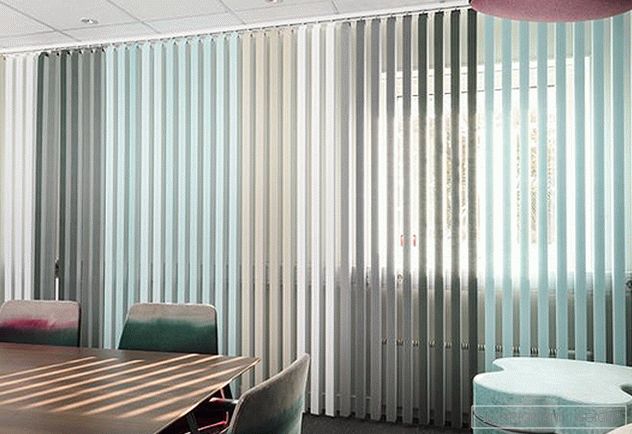 Interior in noise-absorbing textiles from the Swedish company Götessons.
Interior in noise-absorbing textiles from the Swedish company Götessons. 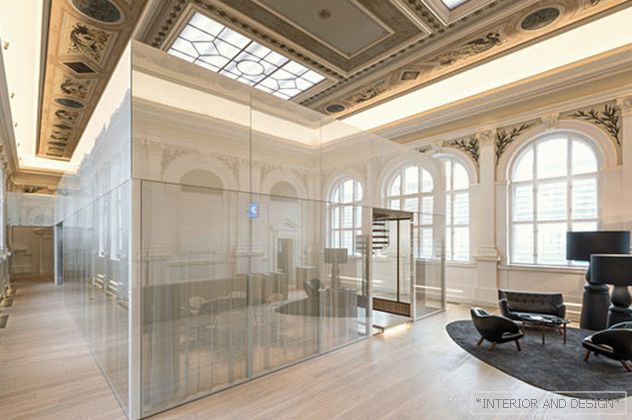 The office project called Telegraf 7 in Vienna received the German Design Award 2018, the American Architecture Prize and several other prestigious awards. The authors are the BEHF Architects Vienna team.
The office project called Telegraf 7 in Vienna received the German Design Award 2018, the American Architecture Prize and several other prestigious awards. The authors are the BEHF Architects Vienna team.  AppDirect Office in San Francisco.
AppDirect Office in San Francisco. 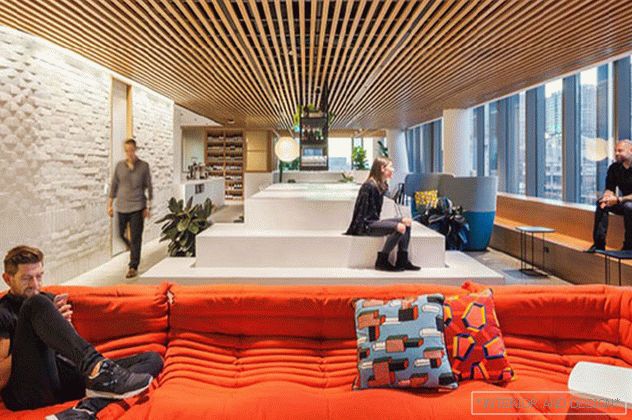 Gensler office in Sydney.
Gensler office in Sydney. 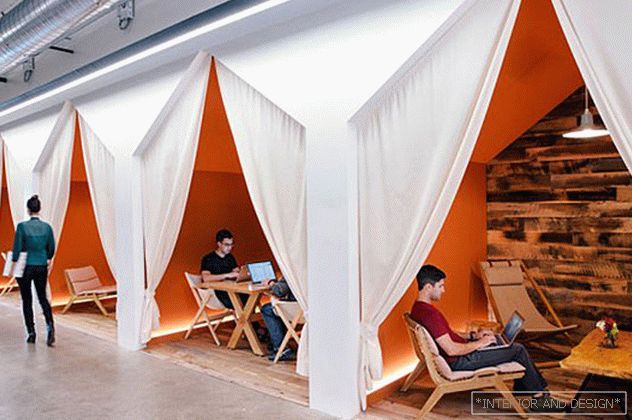 Airbnb office in London.
Airbnb office in London. 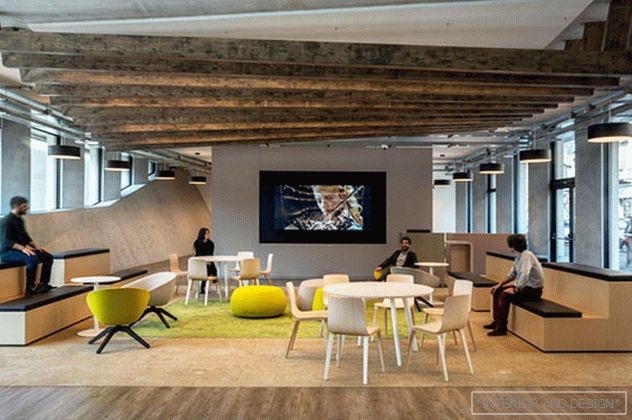 Microsoft Office in Milan.
Microsoft Office in Milan. 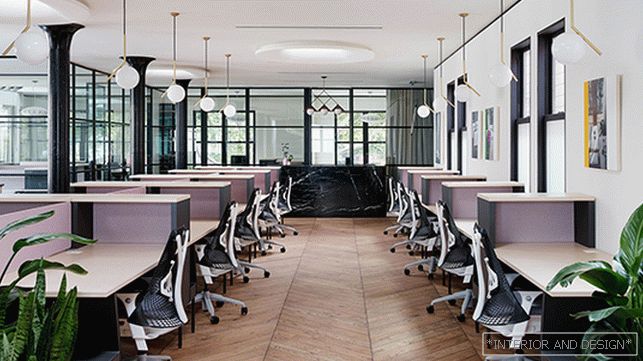 The office space designed by Iva Beara in Selikonova Valley is illuminated by the suspended lights of IC Light S1 by Flos, designed by M. Anastassiades.
The office space designed by Iva Beara in Selikonova Valley is illuminated by the suspended lights of IC Light S1 by Flos, designed by M. Anastassiades. 
